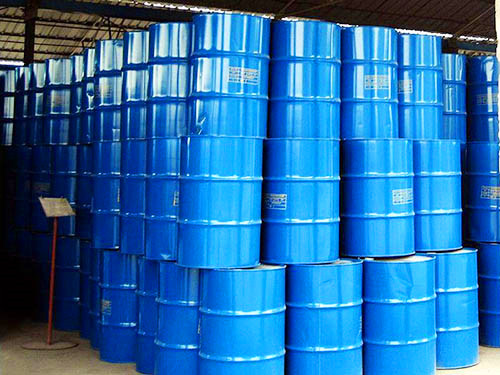- Liquid chemistry
- Dichloroethane
- DMF- dimethyl formamide
- Epoxy propane
- Dichloro propane
- Propylene glycol
- Glacial acetic acid
- Aniline
- Dimethyl carbonate
- Triethylamine
- Ethyl acetate
- Tetrahydrofuran
- Isopropyl alcohol
- Methyl acetate
- Butyl acetate
- Ethanol
- Acetonitrile
- Trichloroethylene
- Are propanol
- N-butyl alcohol
- N-butyl aldehyde
- N-hexane
- Methanol
- Formic acid
- Epichlorohydrin
- Cyclohexane
- Cyclohexanone
- Xylene
- Pyridine
- Phenol
Dichloroethane mainly damage the human brain, poisoning progress quickly, high mortality, more lead to poisoning disability or death. Or although saved, but the prognosis is very poor, most to life can not take care of themselves and consciousness disorders as the final result. Skin contact can lead to dry, peeling, or dermatitis.
Occupational protection measures for dichloroethane
Workers exposed to the occupational-disease-inductive factors should pay attention to personal protective measures to reduce the risk of occupational-disease-inductive factors, so as to reduce and avoid the occurrence of occupational-disease-inductive factors.
1. Hand protection: wear chemical-resistant gloves when necessary.
2. Skin protection: wear appropriate personal protective clothing to prevent direct skin contact.
3. Eye protection: wear chemical safety glasses to prevent direct eye contact.
4. Respiratory system protection: when the concentration in the air exceeds the limit, any air-filtering full-mask respirator (gas mask) is equipped with mandibular, front-mounted or back-mounted organic steam canister.
(1) NIOSH/OSHA1000ppm: air supply respirator.
(2) NIOSH/OSHA2500ppm: continuous supply respirator.
(3) NIOSH/OSHA3000ppm: self-contained respirator, full-cover respirator.

Emergency or planned entry into unknown concentration areas, or in the immediate threat to life or health conditions: self-propelled positive pressure comprehensive cover breathing apparatus, supply positive pressure comprehensive cover breathing apparatus supplemented by auxiliary self-propelled positive pressure breathing apparatus.
5. Escape: any breathing apparatus suitable for escape.
6. Others: smoking, eating and drinking are prohibited at the work site. After work, shower and change clothes. Pay attention to personal hygiene.
Equipped: with explosion-proof ventilation system and lighting equipment. Prevent leakage of steam into the workplace air. Avoid contact with oxidants, acids and bases. Filling should control the flow rate, and there is an grounding device to prevent the accumulation of static electricity. Equipped with the corresponding variety and quantity of fire equipment and leakage emergency treatment equipment. Empty containers may contain harmful residue.
Eye flushing equipment should be provided at work sites where workers may be exposed to chemicals, whether or not eye protection is required. In the immediate vicinity of the possible exposure to chemical substances in the workplace, should be equipped with rapid shower equipment for emergency use. Note: these devices should be able to provide sufficient water or running water to remove the chemical from any part of the body that may come in contact with it. It depends on the specific conditions of the workplace to equip the suitable rapid shower equipment. In some cases, a high-flow shower is necessary, while in others, a sink or hose is sufficient.










